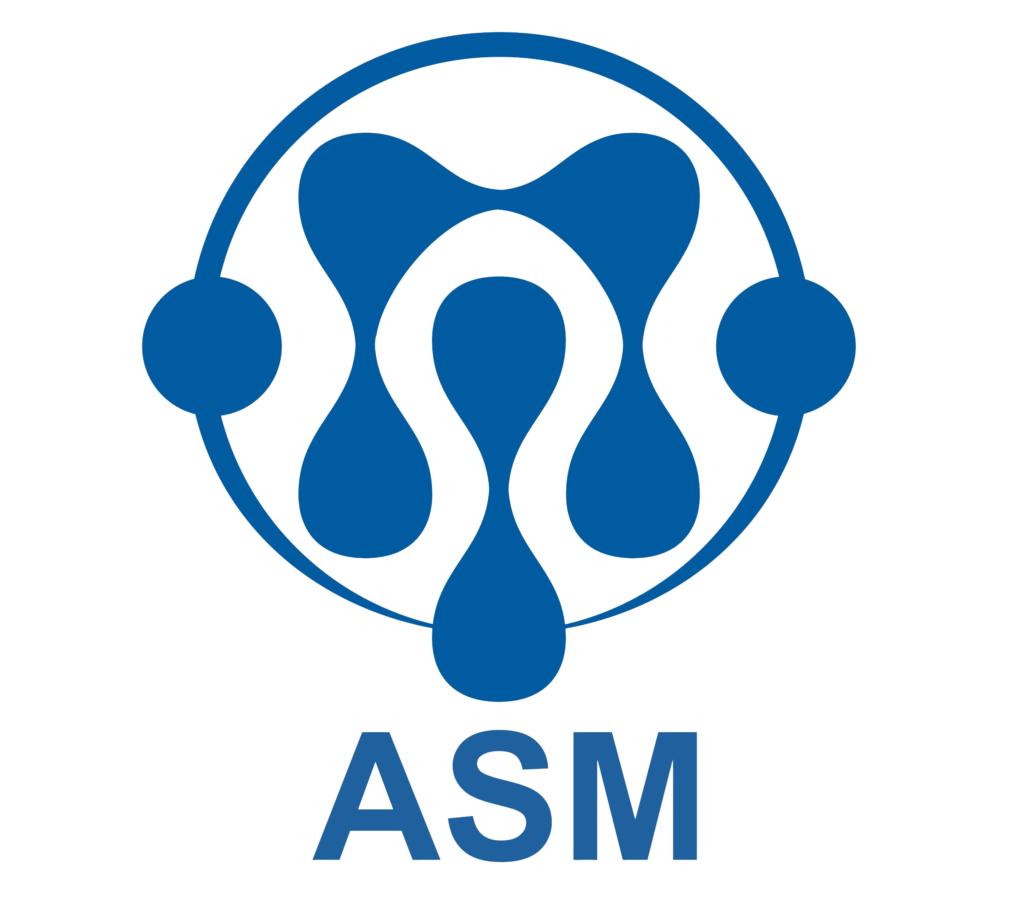eHealth
[/fusion_title][/fusion_builder_column][fusion_builder_column type=”1_1″ background_position=”left top” background_color=”” border_size=”” border_color=”” border_style=”solid” spacing=”yes” background_image=”” background_repeat=”no-repeat” padding=”” margin_top=”0px” margin_bottom=”0px” class=”” id=”” animation_type=”” animation_speed=”0.3″ animation_direction=”left” hide_on_mobile=”no” center_content=”no” min_height=”none”][fusion_slider hover_type=”none” width=”100%” height=”100%” class=”” id=””][fusion_slide type=”image” link=”” linktarget=”_self” lightbox=”yes”]https://asm-co.ir/wp-content/uploads/2016/05/eHealth.jpg[/fusion_slide][/fusion_slider][fusion_text]During the 1990s, as the Internet grew in the publics’ awareness, a number of e-terms emerged to capture new forms of personal and business interactions. “email” brought new possibilities for people to communicate rapidly and share experiences; “e-commerce” enabled new ways to conduct business and financial transactions through the Internet. The introduction of eHealth brought the promise to improve health and the health care system by leveraging Information and Communication Technologies (ICT).The precise meaning of eHealth varies with the source. There is not a single consensus definition. Some benefits of eHealth extend from established telemedicine systems; others are only practical using a machine-to-machine (M2M) model and assume that patients have access to broadband service.
E-health provides a new method for using health resources – such as information, money, and medicines – and in time should help to improve efficient use of these resources. The Internet also provides a new medium for information dissemination, and for interaction and collaboration among institutions, health professionals, health providers and the public.
In speaking about eHealth today, we need to understand the relevance of Machine-to-Machine Communication [M2M] and the Internet of Things [IoT].
It is in the home and assisted-living environments where many applications for eHealth are expected to flourish. Monitoring systems for the elderly or post trauma patients has gained considerable attention. These new systems come complete with voice and video options. Automated movement monitoring systems allow the identification of falls and notification of medical personnel without any user intervention. Traditional movement monitoring systems are plagued with false alarms. The combination of voice and video allows for verification and a more appropriate response in the case of an alarm.
Another use case is remote monitoring of patients for blood glucose readings, blood pressure, pulse oximetry, or heart monitoring. In the case of blood pressure monitoring, the readings can provide important information to a physician. Furthermore, measurements taken at home, during daily activities, can potentially be of even greater importance to those taken at a doctor’s office, since the readings reflect the patient’s condition under normal situations.
IoT brings forth a new phase of the Internet evolution that we can characterize as “the Internet meets the physical world”. Today’s few billions of endpoints will increase in number by several orders of magnitude. This formidable inflation immediately points to an obvious scalability issue. The number game, and consequent scalability issue, may mask deeper issues, though, including the nature of the endpoints, and the nature of the interactions between the endpoints.
Some of the informations gathered to bring the main purpose of using IoT as the underlying infrastructure for eHealth consists of:
Fall Detection: Assistance for elderly or disabled people living independent.
Medical Fridges: Control of conditions inside freezers storing vaccines, medicines and organic elements.
Sportsmen Care: Vital signs monitoring in high performance centers and fields.
Patients Surveillance: Monitoring of conditions of patients inside hospitals and in old people’s home.
Ultraviolet Radiation: Measurement of UV sun rays to warn people not to be exposed in certain hours.[/fusion_text][/fusion_builder_column][/fusion_builder_row][/fusion_builder_container]
